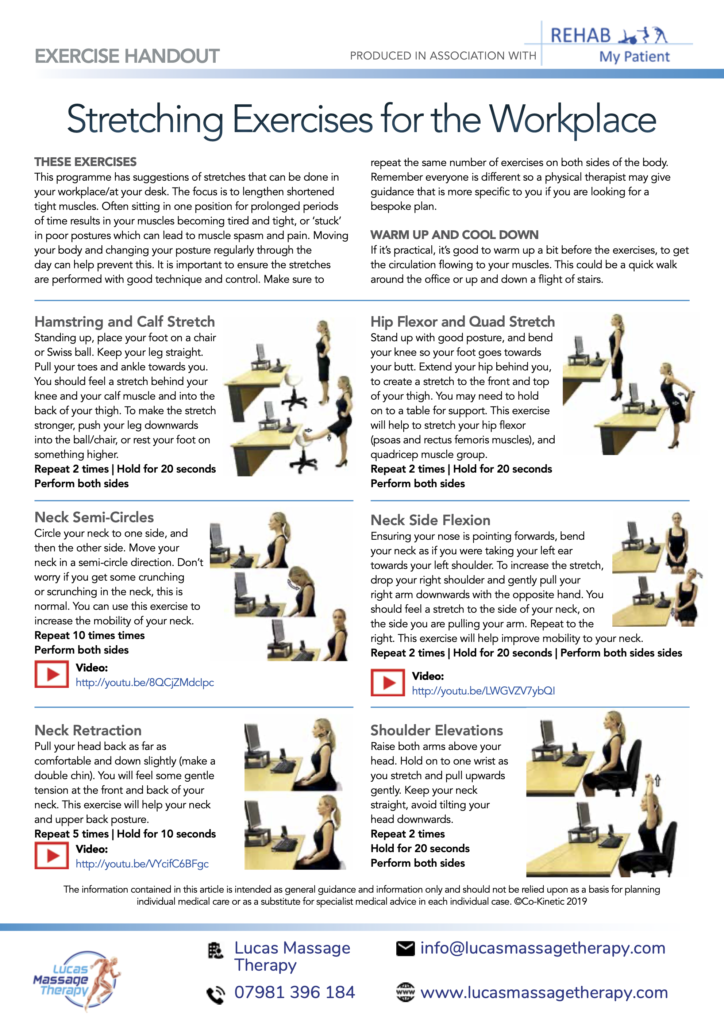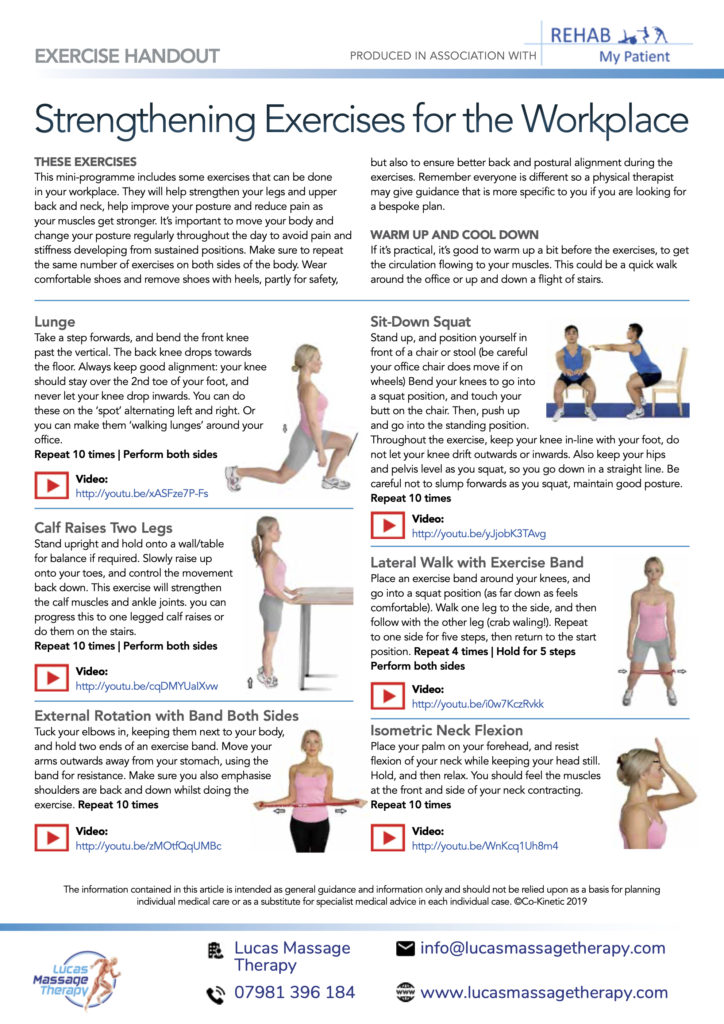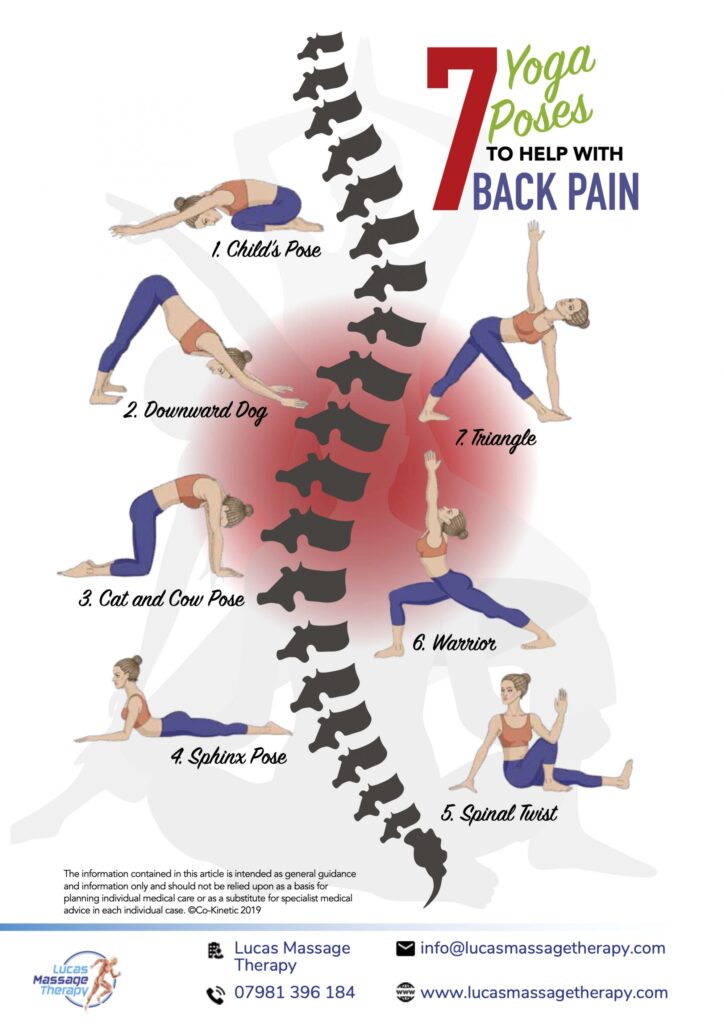How to Stretch – Before stretching, you need to warm up.
Another general rule is to never stretch a cold area. Before stretching, you need to warm up and get your blood flowing. The body contains miles of tiny arteries, most of which stay closed unless you have moved enough to open them up and fill them with blood. After just a few minutes of movement, these baby blood vessels will open. The muscles bring blood to grow warm and loosen up, allowing all that water you’re drinking to get into the fascia. That’s why the best time to stretch is after a workout when all these arteries are open. Be sure to warm up the specific part of the body you plan to stretch.
If you don’t do regular workouts, just do some very simple movements:
- Windmill your arms.
- Rotate your torso.
- Do neck rolls
- Touch your toes( bending forward as far as you can comfortably).
- Make circles with your knees.
- Jog slowly in place for thirty seconds. (if you can’t jog, hold on to a chair and march in place).
- Do calf raises. (Holding onto a chair, come up onto the balls of your feet and then lower your heels slowly to the floor).
How to Stretch. Timing the stretches.
You don’t need to hold fascial stretches for an uninterrupted sixty-second period. For most people, this would be quite difficult. So you break each fascial stretch into two sections, with a rest in between. After the rest, in the second part of the stretch, you can go farther.
Here’s the basic timing for all but two of the stretches in this chapter:
- Hold for twenty seconds.
- Rest for ten seconds.
- Hold for thirty seconds.
The first twenty seconds is essentially a warm-up for the following thirty-second hold. Most people need five to ten seconds just to get into position, so don’t worry if the first hold doesn’t seem to be doing much. On the second hold, you’ll get into position much faster, and here’s the key-you should make a greater effort. The thirty-second hold does the majority of the work.
As you hold, there will be a moment when you suddenly feel the muscle fibres separating as the muscle opens and releases. When the sensation of opening stops, let go. The optimal timing is slightly different for everyone. Once again, you must listen to your body it will tell you. You might hold for thirty seconds, twenty-eight, or forty. What’s important is to consciously use the second hold period for the main therapeutic work.

How to Stretch. Don’t overstretch
The most important rule to remember when doing fascial stretches is that if you overstretch a muscle, you can tear it. Keep in mind that there are very scientific, efficient stretches. You put your body in a position that gives one targeted muscle an extremely vigorous, focused stretch. To avoid injury, you absolutely must start very slowly and gently. Here is how to keep your stretching safe;
- The muscle being stretched should not hurt. If the experience is extremely uncomfortable, especially if you feel searing or burning pain, you’re pushing too hard.
- If the stretch is comfortable, you’re not pushing hard enough.
- You want an experience that’s exactly in between the previous two descriptions: a little uncomfortable, but not painful.
- When you put your body in the preparatory position for a stretch, never take any of the movements (e.g., turning your head, rotating your torso, pulling your shoulder blades together) to the limit. Go only to 80 per cent of your ability, and save some flexibility for the stretch itself. If you try to push father a muscle that’s already at its max, you may injure yourself.
My advice on how to stretch is: to always err on the side of caution. Take each stretch just to the point where you’re slightly uncomfortable and hold right there, gently, for the remainder of your stretch time. Then stop and save any further effort for the next day. Each day, increase the stretch ever so slightly – in increments so small that they’re barely perceptible. Ride the line between slightly uncomfortable and too easy, and you’ll be in just the right place.
Advanced practitioners of yoga and pilates, gymnasts, professional dancers, and others whose disciplines create an understanding of the dynamics of stretching can start somewhat more aggressively. But remember even advanced practitioners can injure themselves if they stretch too forcefully.
Sitting in front of a computer every day can wreak havoc on your body, especially since most of us don’t have the best posture. Hunching the shoulders and slumping in your seat can cause back pain, headaches, tension and tightness in your back, neck and shoulders. The following stretches target the muscles of the back, neck and shoulders. Taking time to do some of these stretches throughout the day can help increase flexibility and reduce tension and stress. Learn how to stretch at work.
How to stretch at the workplace

How to stretch at the workplace

How to stretch lower back


